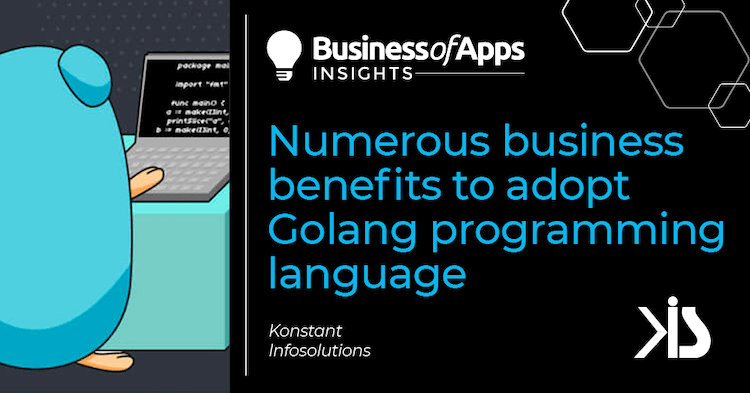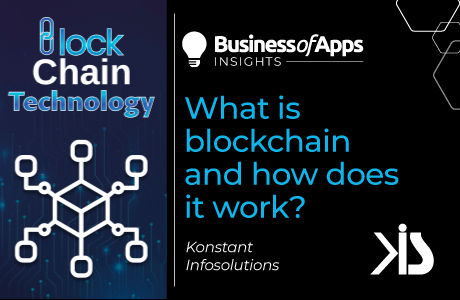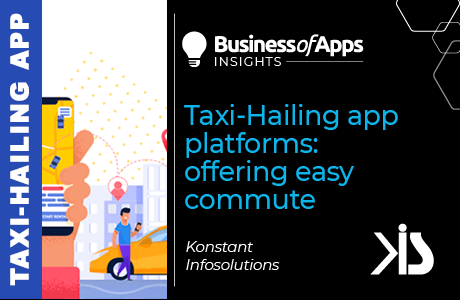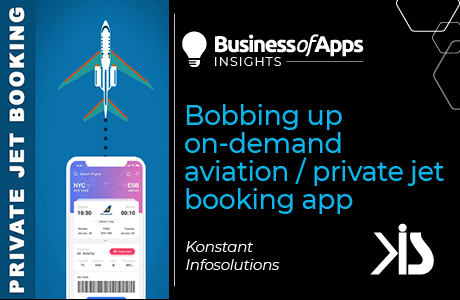Many reasons to bask in the glory of the Golang programming language for your upcoming projects!
Go found a new following recently opening to a wealth of open-source libraries and SDK for popular cloud providers. It blackballs features; flexibility and cleverness in favor of pragmatism and simplicity. It first appeared in Google in 2009 and was soon adopted as an open-source coding language. It mimics the core features of “C” but removes the ambiguity around the syntax and is thus is favored by C developers.
Similar Topic: Golang Web Frameworks for Development in 2021
Why do developers choose to Go?
- Go has been instrumental for projects like Docker and Kubernetes. It allows businesses to treat multiple public and private clouds as one towards large-scale automation of services, reducing the risk of being locked into a single cloud provider.
- It manages workloads and cloud dependencies like SQL databases, storage buckets, single API, regardless of the underlying cloud.
- “Go” as an alternative to “C” has been developed for simplifying the syntax. It reminisces type casting, tokens, identifiers, keywords, constants, operators, data types, variables of “C” programming language, etc.
- Go is not entirely a “Google project” but is a community-led open-source project” that resembles C, Erlang, Python, and Java. It features to see if it carries off “C” limitations like difficulty to debug, incapability to handle exceptions, no data protection, no strict data type checking, ill-defined code.
- Go brings in rapid development, enabling large programs to compile within seconds
- .Go contains libraries and packages. It is convenient to code in Golang with “goroutines” Go’s HTTP package, garbage collection, fast compilation to a fast-running native binary.
- Further, Go binaries run slower than their C counterparts, but the difference is negligible in most applications.
- Go is at par with C in performance and is much faster than JavaScript, Ruby, and Python.
- It does not have any external dependencies. The Go toolchain is available for operating systems and hardware platforms and compiles binaries across platforms.
- Go often communicates with external C libraries, makes native system calls. Go interfaces work container magic with low-level Linux functions, cgroups, and namespaces.
- Go is freely available with many Linux distributions like Red Hat Enterprise Linux and Fedora.
- Go toolchain is freely available with Linux, macOS, Windows binary, or as a Docker container.
- Many third-party development environments like Microsoft Visual Code – Active State’s Komodo IDE support Go.
- Golang enables enterprise application development across industries like Supply chain management (SCM), Customer relationship management (CRM), Business Intelligence, Human resources (HR) and E-commerce systems etc.
Must Read: Node.js vs Golang: Faring the Best Backend Technology for Web Development
Conclusion: Why use Golang?
Golang programming language has become a de-facto backend language within many cloud-native ecosystems. It leverages best-in-class libraries, reduces the burden of context switching in-between projects, and with those we interface – Kubernetes.
Go integrates several commercial and open-source offerings for automating infrastructure, applications, and compliance policies. It enables developers, operations, and security engineers to collaborate on delivering changes to application infrastructure at full speed.
Go is a combination of microservices with service deployment and upgrading API authentication and authorization. It also has domain-specific services working with different data stores. All services communicate using gRPC, make use of code generation for service configurations and service mocks.












